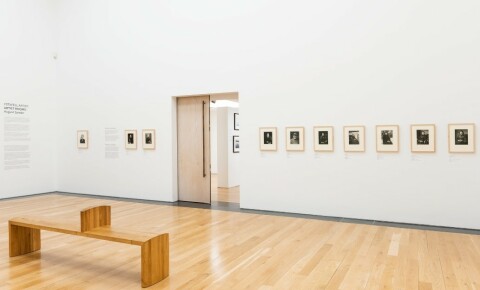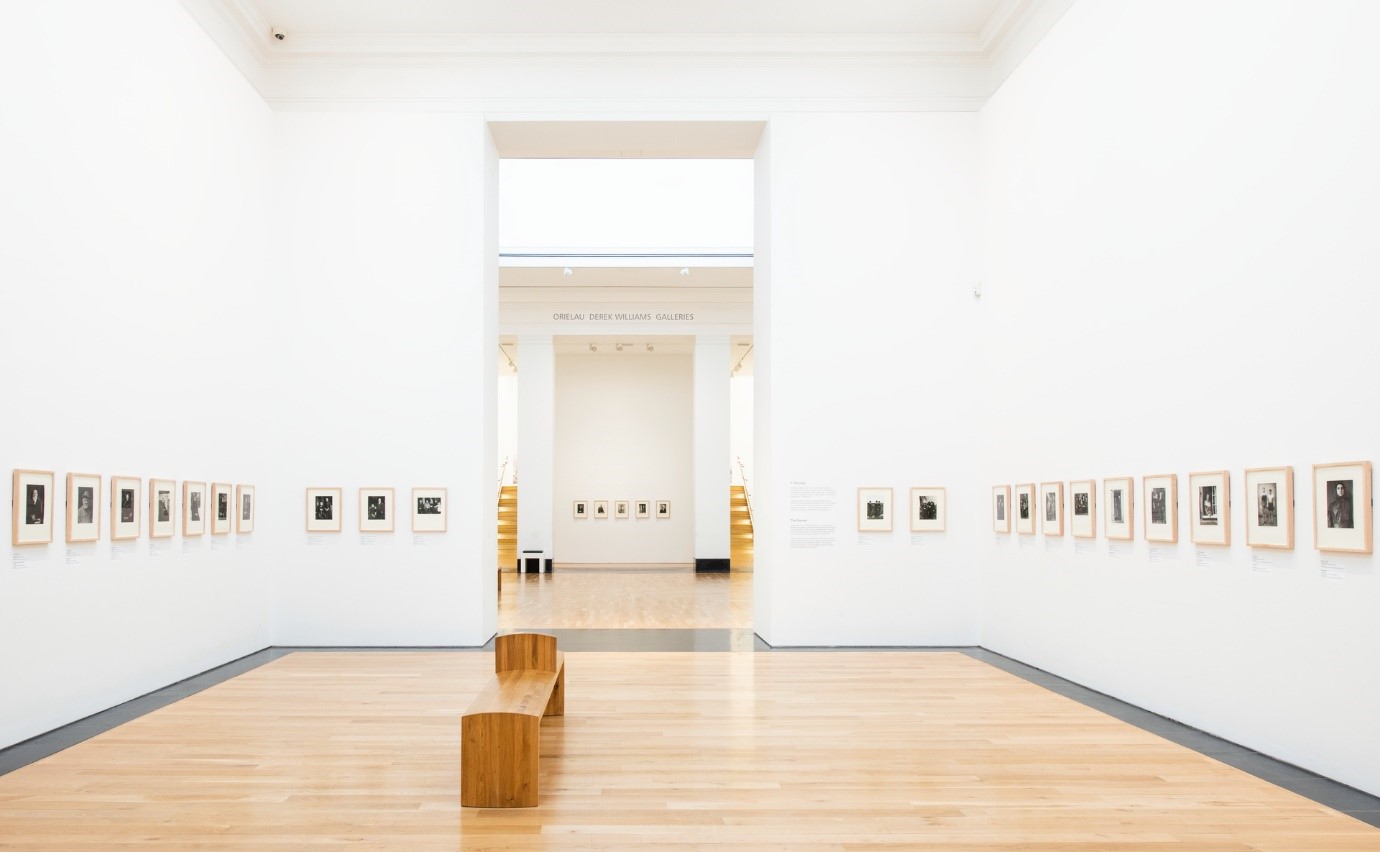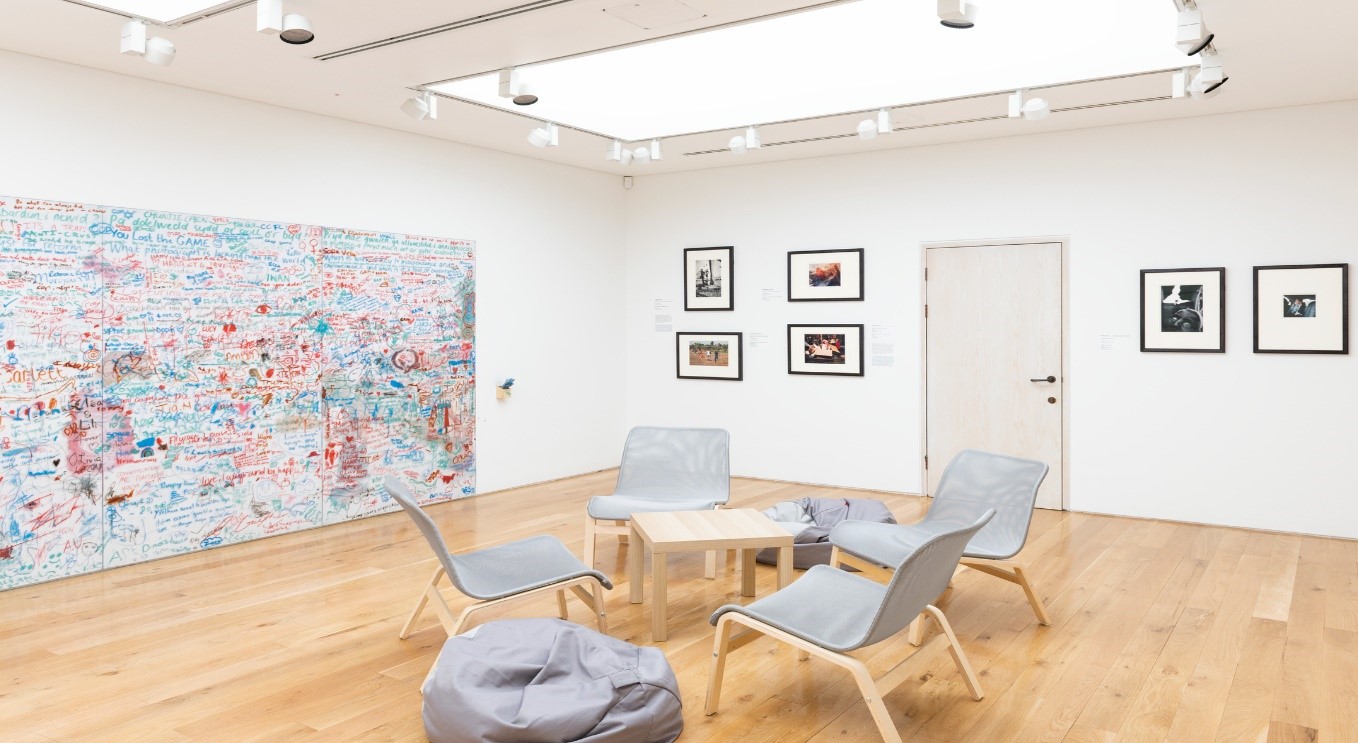Photography Feedback: The Process of Art Exhibition Evaluation (2/2)
, 28 Mai 2020
In the first part of my blog I discussed a little about the role myself and two fellow volunteers undertook when completing an exhibition evaluation placement as part of the ARTIST ROOMS: August Sander exhibition at National Museum Cardiff. In this second part I would like to explain more about why I applied for this placement and how my experience highlights the significance of recording exhibition evaluation feedback.
As this placement presented an opportunity to work with a photography exhibition, I wanted the chance not only to get to know the work of Sander but to gain an understanding of photography as an aesthetic and material format. Moreover, my primary area of art-historical knowledge is based around painting, print and decorative art. So, the placement offered me a kind of prompt to discover more about how photographs can be displayed to encourage diverse public interaction.

As well, I thought that aiding my understanding of why curatorial decisions are made regarding the display of photographic material, and especially how younger audiences can be reached though utilising particular curatorial strategies, would be beneficial. Exhibition evaluation, too, is something which I think is essential to help assess what elements worked, what didn’t and how visitor feedback could point towards creating more engaging displays in the future. Just as significantly, I was keen to take on a role that involved being a presence in the gallery, watch people interact with the work and listen to what they thought about it.
During the placement, the fact that we were physically situated in the Sander exhibition certainly permitted enjoyable conversation with a variety of visitors. Many had come specifically to see Sander’s portraits, but a sizeable number stumbled across the exhibition during their museum exploration. By talking with us in the gallery space, as well as being able to record opinions on the iPad surveys, feedback could be collected through conversation and, of course, directly via online survey for the more formal collective evaluation. Furthermore, we could relay feedback in relation to how visitors experienced and negotiated the different thematic and spatial parts of Sander’s show as we spent so much time within it.


Sadly, plans to extend the exhibition evaluation placement to encompass the Imagine a Castle: Paintings from the National Gallery exhibition, which ran concurrently to Sander’s exhibition, have been curtailed for now. However, I look forward to returning to spend time with the art and interacting with exhibition audiences soon!
Many thanks to ARTIST ROOMS, the Henry Moore Foundation and The Colwinston Charitable Trust for their support of the Exhibitions Programmes at Amgueddfa Cymru - National Museum Wales.




